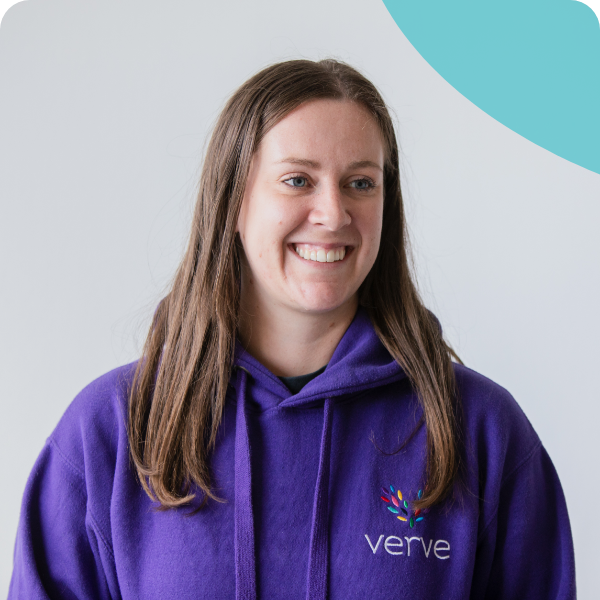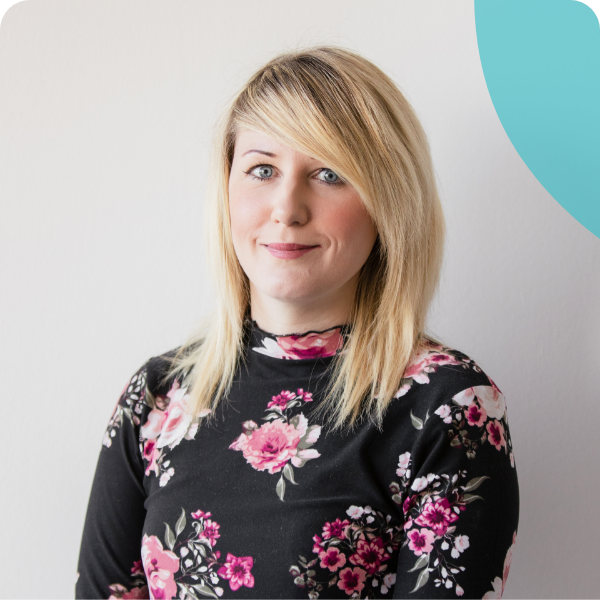Social media can feel like the wild west sometimes – lots of people yelling about how there’s gold in them thar hills; but by the time you get there it’s too late, or you don’t have the right tools, or it’s just easier to not go at all.
That might have been a bit of an extended metaphor, but let me explain.
Some social media platforms have been around for a very long time. The germ of these platforms has been around since the beginning of the internet, and it all boils down to the same thing. Communication. Talking with other people – whether that’s in writing, or video, or podcasting – it’s all about getting a message to other people. If you’ll allow me another metaphor using Twitter as an example, sometimes writing a tweet is like sending a message in a bottle. You’ve done the hard work of crafting the message and the way it has been sent. But you have no way of telling if it has reached the correct people, if you’ll receive a reply, or even if it was read at all…
So where do you start I hear you ask? Well, it really helps if you know your target audience, where they prefer to virtually hang out, and where they prefer to get their information and news. That’s where a plan and a social media campaign can help.
Firstly, if you’re not familiar with all the differences in the main platforms, there is a tiny ‘cheat sheet’ UK overview here:
- Twitter – more than half of all UK Twitter users are over 35, and 58.5% of all users are male, while 41.5% are female.
- Facebook – surprisingly, the majority of Facebook users in the UK are aged between 25-34. 52% of all users are women, 48% men.
- Instagram – again, the largest age group on Insta is 25-34, with a majority of women at 57%, 43% male users.
- TikTok – the largest demographic using this platform are 15-25, 65% female and 35% male.
- Reddit – Age wise, 26-35 (very closely followed by 15-25) use Reddit. Currently no UK-specific figures are available, but worldwide gender split shows 63.8% of users are male, with just 32% female.
- LinkedIn – Again 25-34 is the age range that use LinkedIn the most, with an estimated 65% of overall users male, and 35% female.
- YouTube – It’s a big age group this one, 25-44! 46% of users are female, 54% are male.
Stats (most recent available) – cybercrew.co.uk | socialfilms.co.uk | statista.com
It’s not to say that other age groups don’t use the example platforms above, these are just the majority figures to give you some idea of the demographics that you would be ‘talking’ to when you use a specific platform. It is also possible to drill down further into these stats for more detail. For example, you can find out the wage-band that users of a specific platform are in, or the level of education and so on. This is all data that can help you direct your message in a bottle to the right place.
How?
You should have data available on all of your clients. This is a rich seam (we’re back to the gold rush metaphor again) of information that can help you identify the segments that you already have as clients. If you had to split your client bank into ‘types’, could you do it?
As an aside, to be honest, this is something that will help you when it comes to Consumer Duty being implemented. Identifying the overall ‘types’ you have as clients is ideal to evidence that each communication is tailored to your client, that products and services are designed to meet the needs of the client and that they are targeted directly to that client. Marketing can actually help you to be compliant! There will be more on this from The Verve Group in the near future.
So, just as a very simple example, if you wanted to reach men who were 34+ which platforms would it be best to use to reach that demographic (you can use the cheat sheet above, it’s okay)? Do you see why posting it on Instagram may not get the reaction you are hoping for?
It’s easy to get overwhelmed with the amount of platforms there are (and there are plenty more…) but you really don’t have to be on all of them. It is better to first look at your client bank and see where your segments appear on social media and concentrate on those. It doesn’t look great to have an account with just one post on every single platform available – it’s very difficult to maintain them all and actually be engaging, but also you have to make sure that when you do use them it has value for your business, as well as value to your clients.
Obviously, this is just about using social media from a business point of view. There is a variance when using a personal account, but just as long as it is clear on any platform that you use whether it is personal or business so it is clear to other users you should be fine. There is a lot to think about when it comes to using social media, and this has just been the beginning… Messages in a bottle may not be gold, but used correctly they can be just as precious for your business.














Group News Latest News Popular
Introducing our latest whitepaper…
We all saw the FCA’s thematic review into Retirement Income Advice back in January 2023 – it’s more important than ever for firms [...]
Eclipse Archives Industry Insight Popular
What’s your mastermind subject?
I’m here to talk branding. Anyone who knows me knows it’s my Mastermind subject. And, if you don’t know me, I’m Natalie Bell, [...]
Eclipse Archives Industry Insight Latest News Popular
URGENT: LTA Abolition
HMRC kindly issued a newsletter on 4th April advising clients to delay taking their pension benefits or transferring until it can fix incorrect [...]
Group News
Say hello to our trainers!
As part of our ongoing commitment to excellence, we’ve recently welcomed an awesome duo to our training dream team. We introduced a new [...]
Latest News Popular Press
Spring Budget 24
The spring budget comes and goes with no major changes to the world of financial planning. There are however some announcements and changes [...]
Eclipse Archives Group News Latest
Common ‘Training’?
I can’t get Pulp’s ‘Do You Remember the First Time’ out of my head. I’m pretty sure that Jarvis had other things on [...]
Eclipse Archives Industry Insight Latest
Stellar Compliance
You may have spotted that this week we hosted our monthly TALK event, and this month we were joined by Gillian Hepburn, Benchmark, [...]
Group News Latest
And who do we have here?
We have yet more exciting internal news to share, following a shake-up in a section of our client relations department – with two [...]